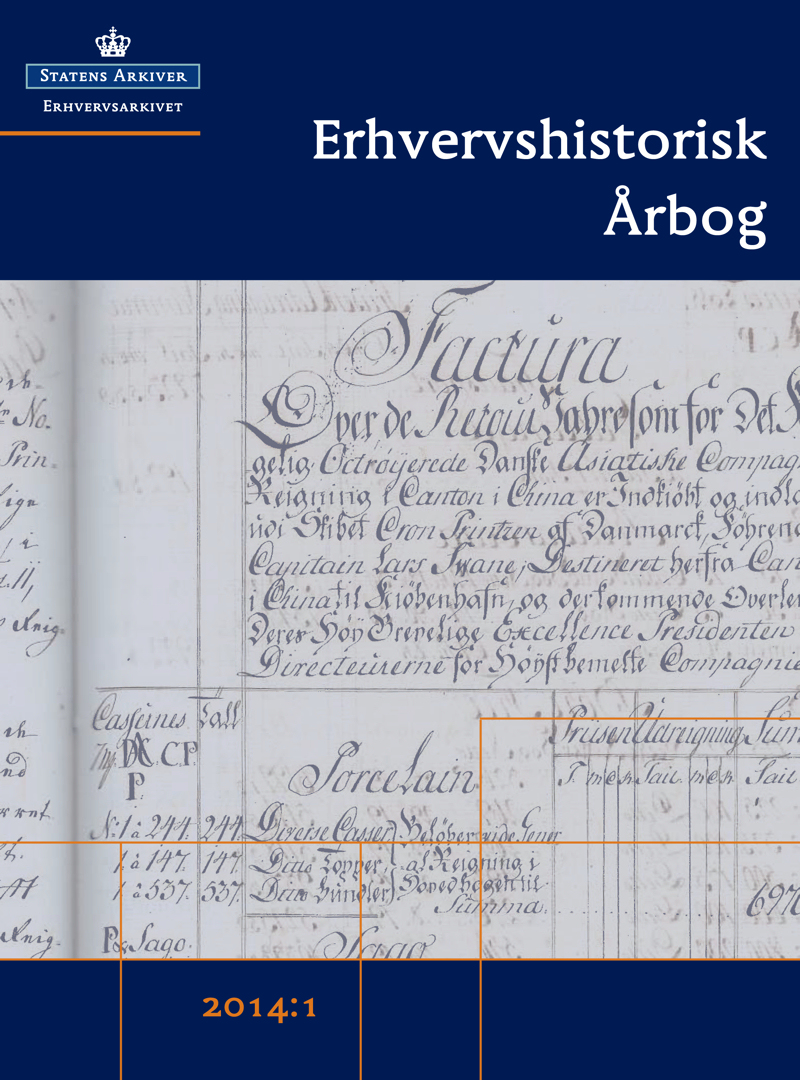I de store spejlglasruders tid – da Randers, Grenaa og Ebeltoft blev moderne handelsbyer 1860-1901
Resumé
Det moderne samfunds gennembrud i 1800-tallet med omlægning af landbruget, indførelse af næringsfriheden, pengeøkonomi, urbaniseringen og den begyndende industrialisering betød mange og store forandringer for handelslivet i de danske købstæder. I denne artikel undersøges detailhandlerne i de tre østjyske købstæder Randers, Grenaa og Ebeltoft med henblik på deres økonomiske og sociale tilhørsforhold i perioden 1860-1901. Undersøgelsen sættes løbende ind i et regionalt, nationalt og vesteuropæisk perspektiv. Undersøgelsen konkluderer, at de østjyske byer i forhold til indtægt, formue og folkehold var en meget differentieret gruppe med vidt forskellige økonomiske vilkår og livsbetingelser. En differentiering der var tiltagende i perioden, og en differentiering der også ses på europæisk plan. Nederst rangerede de kvindelige detailhandlere og detailhandlerne fra håndværker- og arbejderklassen. De drev ofte butik af ren og skær nød. Det førte til etableringen af en række ustabile og ikke økonomisk velfungerende butikker, hvor udskiftningen var stor. Afhængig af de østjyske byers urbaniserings-og industrialiseringsgrad udviklede detailhandlen sig her med en forskydning på 10 til 20 år.
When Randers, Grenaa and Ebeltoft became modern market towns 1860-1901
The introduction of the Freedom of Trade Act of 1857, converting of the agriculture, urbanisation and the beginning of industrialisation in the nineteenth century was a turning point for the Danish society. It meant among other things large changes in the mercantile trade in the Danish market towns. This article examines the retailers during the period of 1860-1901 in the three towns Randers, Grenaa and Ebeltoft in eastern Jutland with their economic and social composition in mind. The study of retailers is also viewed from a regional, national and western European point of view. The study concludes that the eastern cities of Jutland in terms of income, property and workforce was a very diversified group with very different economic circumstances and living conditions. A differentiation which grew as time went by and that could be seen in western Europe as well. At the bottom of the hierarchy were the female retailers and retailers with a artisans- and laborer background. They often became shopkeepers out of necessity rather than desire. This led to the establishment of a number of unstable and economically unsuccessful stores where replacement was great. Depending on the cities level of urbanization and industrialization the development in the eastern towns of Jutland evolved with a displacement of 10 to 20 years.
Downloads
Citation/Eksport
Nummer
Sektion
Licens
Ophavsret til artikler publiceret i Erhvervshistorisk Årbog er fastlagt i henhold til den modelaftale, License to publish, som UBVA har offentliggjort under rubrikken Ophavsret og forskningspublicering. Indsendelse af en artikel til Erhvervshistorisk Årbog indebærer en accept af dette. Modelaftalen kan findes ved hjælp af dette link: http://www.ubva.dk/Forside





